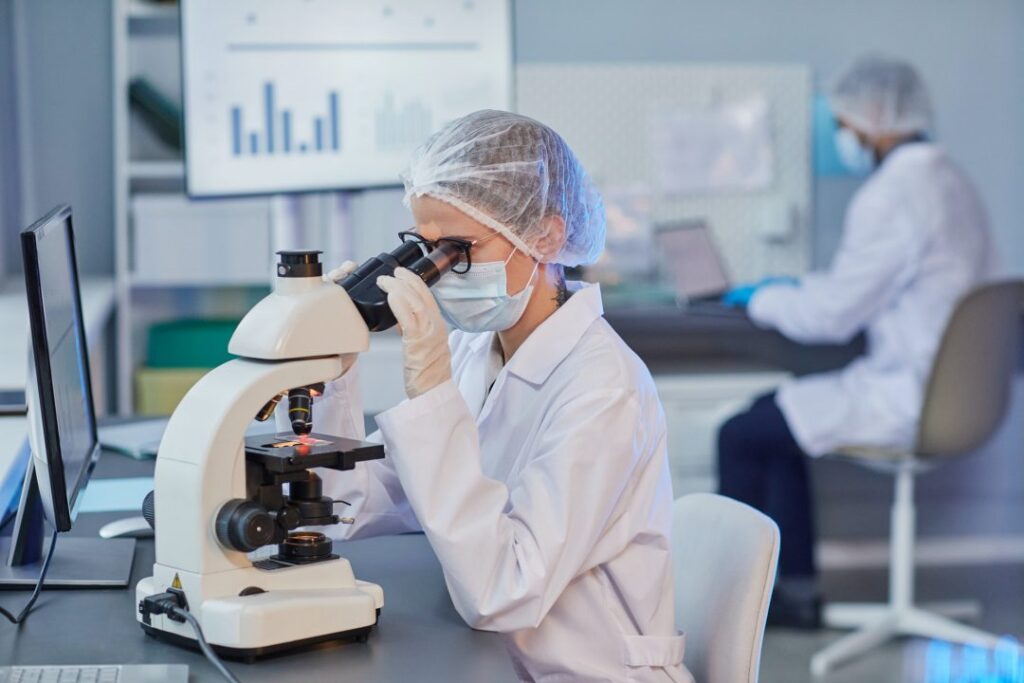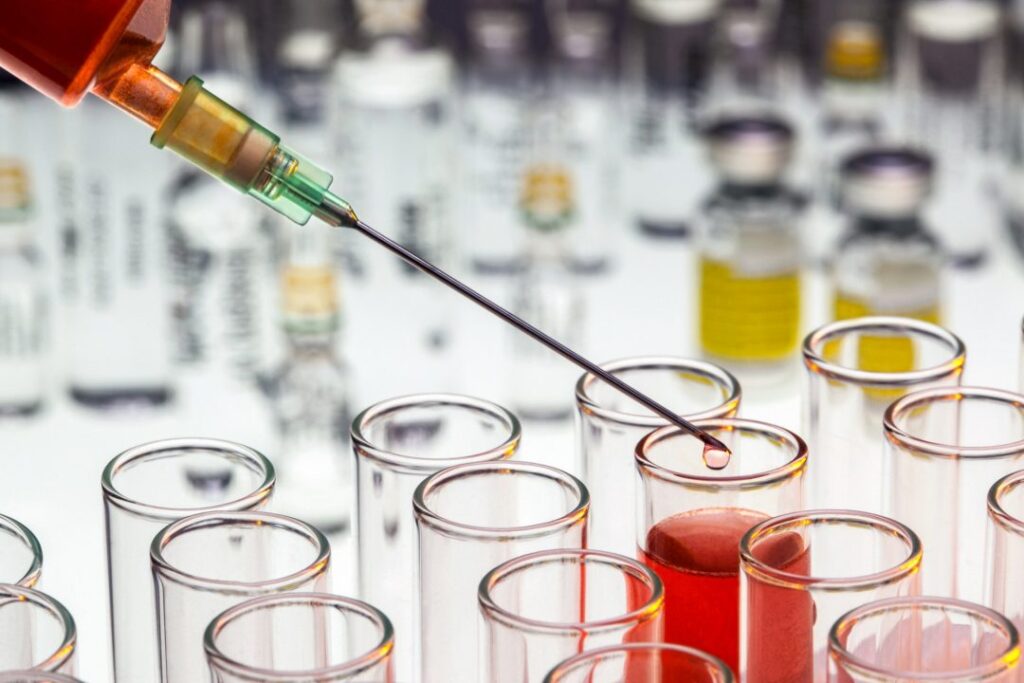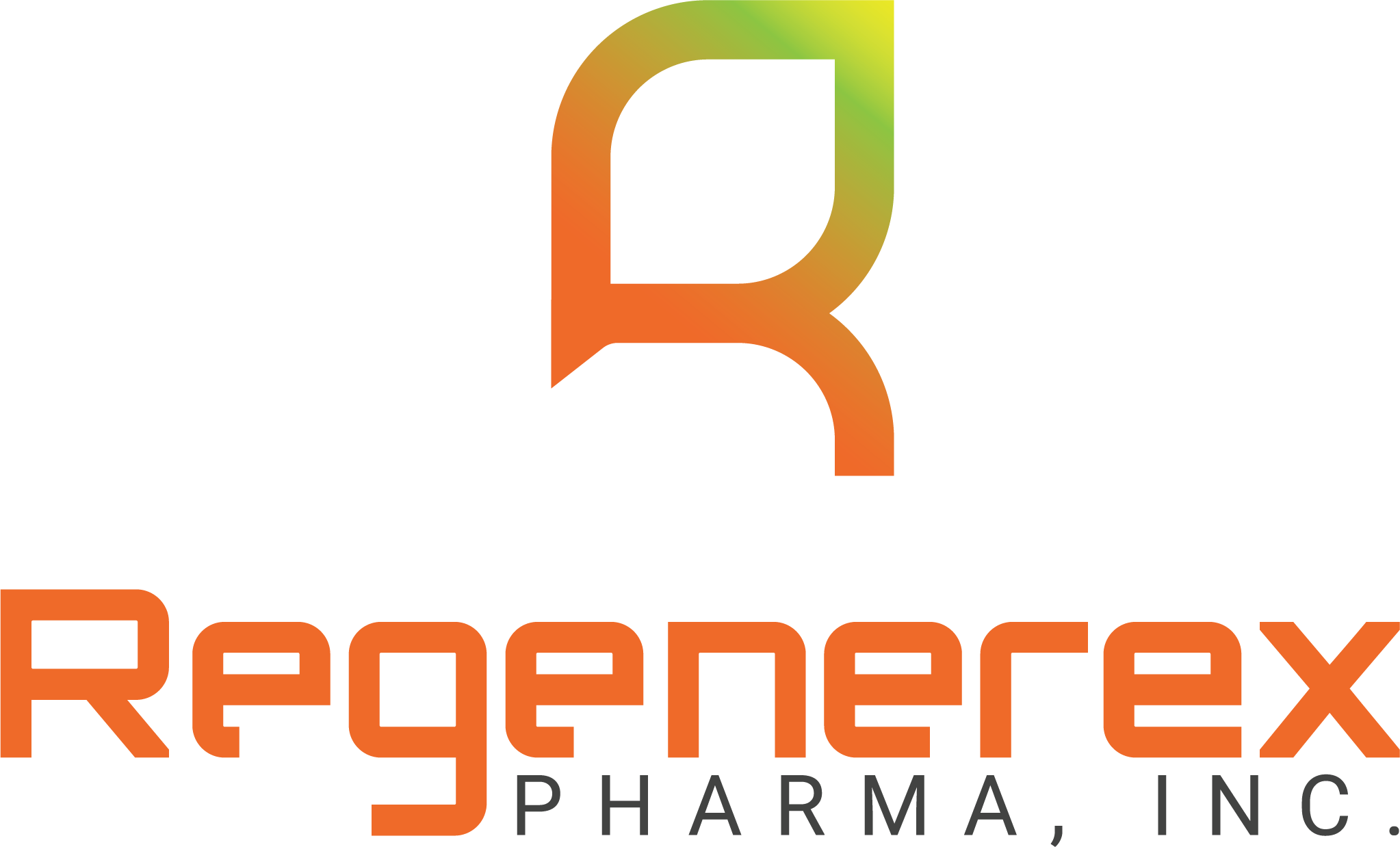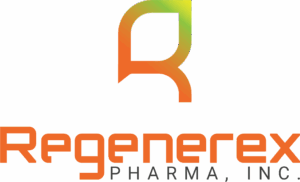Summary of Studies
Studies in down-regulating MMP levels
Regenerex QBx™ technology helps to normalize the micro-environment of wound beds by reducing protease levels, including MMP levels. This also applies to preceding generation PHI™ technology referenced in some studies.
Once the wound bed’s microenvironment is normalized, the body’s normal, natural healing process is able to regenerate and rebuild tissues in the wound.
The following are studies conducted to observe the impact of lowering protease levels using protease down-regulating technology.
- Studied Non-responsive Wounds
- Studied Wound Composition
- Studied Healing Processes
- Studied Protease Levels
- Documented Efficacy and Healing Times
A Randomized Double-Blind Study to Evaluate the Effects of MMP Down Regulators, on Two Different Topical Preparations, on the Healing of Partial Thickness Wounds in Healthy Human Volunteers.
Alvarez Study
A computer generated randomized table was used to assign one of four treatment regimens. These included a placebo, non-treated dressing, active ingredient in emulsion at 1.17% and active ingredient in emulsion at 4.88%. Wounds were clinically evaluated for epithelialization, granulation, exudate production, erythema, edema induration, reinjury, and pain level (upon application of the test agent and throughout the course of treatment).
The study shows higher concentration of the active ingredient to be the most effective in healing wounds in healthy human subjects in all clinical categories evaluated.
Art of Balancing the Wound Micro-Environment: How to Treat Chronic Wounds in Another Way
Hoekstra Study
This study is a semi-comprehensive compilation of the wound healing process and treatments for chronic wounds. Included were a look into the healing process, the characteristics of non-responding wounds, various causes of non-responding wounds, and protocols for treating these wounds. The study discusses the importance of MMP’s in the healing process and their role in contributing to non-responsive wounds if they are not down regulated as needed.
An Observational Study of the Use of QBx™ Impregnated Dressing in the Treatment of Wounds
Tissue Viability Consultancy Services, Ltd. Study
This clinical study was based on a series of case studies and is not strictly based on research principles. The overall aim was to demonstrate how the products containing QBx™ can be used in general, and on hard-to-heal wounds, in order to rebalance MMPs through normalization of the wound micro-environment. Healing in “real life” wounds cannot be shown through randomized controlled trials, as the inclusion/exclusion criteria are so strict that it excludes the wound types that are currently causing difficulties with healing in the community. In these case studies, there was an overall healing rate of 48% of those wounds treated with QBx™ products and a predicted potential for a 72% healing rate.
The cost effectiveness of QBx™ products is without doubt. A 72% healing rate means that in 72% of the cases, cost savings are 100%. The QBx™ products have been well accepted by both the patients and the healing rates are shown to be excellent in all these extremely difficult to heal wounds.
The Use of QBx™ Dressings on Hard to Heal Wounds
Hendrix Study
This study provided visual documentation of clinical efficacy of MMP down-regulators on six different Stage III and Stage IV foot wounds. Five of the six wounds were healed in approximately three months, with only one wound requiring six months.
3M studies
QBx™ products have been well accepted by both the patients and the Health Care Professionals and the healing rates are shown to be excellent in all these extremely difficult to heal wounds.
Briggs Study
Briggs S. “Clinical experience of a new wound dressing (DerMax® * PHI-5) in the local treatment of chronic leg ulcers.” Wounds UK, Harrogate, November 2005, poster presentation.
Leg ulcers Under compression /without compression
• Healing time
Case studies
1) 81-year-old patient, ulcer (3.5 cm x 3 cm) present for four months. Tegaderm™ Matrix and compression therapy, wound dressed at weekly intervals when compression was changed. Healing of previously-unhealed ulcer occurred after 14 weeks of Tegaderm™ Matrix therapy.
2) 69-year-old patient, ulcer present for over two years. Tegaderm™ Matrix and secondary dressing (patient did not tolerate compression), wound dressed at three-day intervals. Healing of previously-unhealed ulcer occurred after 16 weeks of Tegaderm™ Matrix therapy.
Körber Study
Körber A et al. “Successful treatment of therapy-refractory non-responding chronic wounds with DerMax®.“ European Wound Conference, Stuttgart, September 2005, poster presentation. Publication data.
Körber A et al. “Successful treatment of therapy-refractory non-responding chronic wounds with DerMax®.“ J Wound Healing, Number 6, 2006, Zeitschrift fur Wundheiling.
Chronic leg ulcers • Wound size reduction
• Pain reduction
• Granulation and re-epithelialisation
• Overall assessment
A total of five patients with venous leg ulcers were recruited. Tegaderm™ Matrix treatment reduced wound size by 80% within the documented 10-week observation period and pain was reduced from 1.4 to 0.4 (on a pain scale of 0-5). Promotion of both granulation and epithelialization were observed. Final assessment of Tegaderm™ Matrix treatment was rated as ‘very good’ or ‘good’. No side effects were observed.
Additional Studies
Karim Study
Karim RB et al. “MMP-2 assessment as an indicator of wound healing: a feasibility study.” Adv Skin Wound Care, Vol 19, 2006, pp 324-327.
Non-healing wounds • MMP-2 expression
• Wound healing
Phase II feasibility study of four patients with non-healing wounds. Wound duration >three months, surface are >1 cm2. Wounds treated daily with 3M™ Tegaderm™ Matrix were evaluated weekly and biopsied every two weeks until healed. At six weeks, the wounds showed clinically healthy wound beds and reduced inflammation. Histological changes were obvious in all biopsies. Immunohistochemical measurement of MMP-2 expression paralleled clinical characteristics of wound healing. Assessment of fibroblast MMP-2 expression reliably indicates wound healing with Tegaderm™ Matrix treatment.
Hampton Study
Hampton SL et al. “An observational study of the use of a polyhydrated ionogens impregnated dressing (DerMax® )* in the treatment of wounds.” EWMA, Prague, Czech Republic, May 2006, poster presentation.
Complex non-healing wounds • Healing rate
• Reduction in wound size
Observational study of 23 patients with a variety of complex wounds not healed after more than three months. Following treatment with Tegaderm™ Matrix, overall healing rate at six weeks was 48%. Predicted potential healing rate if used for more than six weeks = 72%. A significant reduction in average wound size was found following treatment with Tegaderm™ Matrix.
Van Leen Study
Van Leen MWF et al. “A prospective randomized study in recalcitrant pressure ulcers with polyhydrated ionogens is feasible.” WUWHS, Paris, July 2004, poster presentation.
Pressure ulcers Standard debridement
• Wound closure
Prospective, randomized study to determine the potential efficacy of PHI in treating a variety of pressure ulcers. Patients from nursing homes with stage II (n=1), III (n=10) and IV (n=8) pressure ulcers were treated until full wound closure or for six weeks, if no change was observed. Tegaderm™ Matrix treatment resulted in full closure for 100% of stage II and stage III pressure ulcers with an average healing time of less than six weeks. Healing was reached in only 12.5% of stage IV ulcers (20% if dropouts are excluded). No adverse events or side effects were observed. Visual observations revealed that wounds became covered in a thin layer of transparent wound fluid. These exudates diminished as the wound healed during the course of treatment.
Pirayesh Study
Pirayesh A et al. “Efficacy of polyhydrated ionogens in achieving stable wound closure in recalcitrant diabetic foot ulcers: a multicentre pilot study.” WUWHS, Paris, July 2004, oral presentation.
Recalcitrant diabetic foot ulcers Wound debridement
• Wound closure
• Patient satisfaction
Multicentre, pilot study of 20 patients with diabetic foot ulcers >2 cm2 with a duration of at least three months. Wounds (Wagner grade or stage I or II) were debrided and assessed weekly. Serum samples and random punch biopsies were taken on three occasions. Treatment with 3M™ Tegaderm™ Matrix resulted in high patient satisfaction and full closure in 75% of diabetic foot ulcers with an average healing time of 15 weeks. No adverse events or side effects were observed. Dressing changes were standardized. The ulcers were treated daily.
Van den Berg Study
Van den Berg AJJ et al. “A novel formulation of metal ions and citric acid reduces reactive oxygen species in vitro.” J Wound Care, Vol 12, Number 10, 2003..
Non-healing wounds • Action of metal ions
• Action of citric acid
In vitro study to investigate the activity of metal ions and citric acid in the reduction of reactive oxygen species. Metal ions inhibited PMNs (polymorphonuclear neutrophils) production of reactive oxygen species. Metal ions inhibited the activation of complement via the classical pathway. Citric acid was found to be a scavenger of superoxide anions.
Schultz Study
Schultz GS et al. “Effect of polyhydrated ionogens (PHI) on viability and matrix metalloproteinases levels in cultures of normal and diabetic human dermal fibroblasts.” WHS, Chicago, May 2005, poster presentation.
Cell culture, dermal fibroblasts In vitro study – Polyhydrated ionogens (PHI)
• Toxicity
• Changes in gene expression
Study examines the cytoxicity of PHI and its effect on gene expression for MMP-2 and TIMPs. No toxicity was shown in dermal fibroblasts from a diabetic foot ulcer with PHI at concentrations of 0.02% to 1.25%. At higher concentrations (2.5%, 5% and 10%), cell numbers were reduced. No toxicity was shown in dermal fibroblasts from a normal volunteer at concentrations of 0.5% or lower. PHI has no toxicity at <0.5% in cultures of fibroblasts from normal or diabetic patients. PHI induced similar changes of gene expression in normal and diabetic fibroblasts. PHI decreased MMP-2, mRNA and increased TIMP mRNA levels, in line with results found in clinical studies. Gene expression patterns are different in fibroblast cultures taken from normal and diabetic patients.
Hoekstra & Richters Study
Hoekstra MJ & Richters N. et al. “Wound bed preparation, skin transplantation and matrix metalloproteinases.” 11th International Conference on Tissue Banking, EATB Annual Meeting, October 2002, oral presentation.
Skin grafting In vivo study
• MMP changes
• Inflammation
• Wound healing
Down-regulation of MMP-2 (gelatinase A) diminishes breakdown of type IV collagen. MMP-9 appears to be associated with an active epithelialization process. A reduced inflammatory state is observed with reduced production of oxygen radicals by granulocytes with scavenging of oxygen radicals. Transformation of a non-healing wound into a healthy one takes place within two weeks of commencement of treatment with 3M™ Tegaderm™ Matrix.
Hoekstra Study
Hoekstra MJ et al. “Polyhydrated ionogens regulate matrix metalloproteinases expression and reactive oxygen (ROS) species production in recalcitrant wounds.” Abstract from the European Tissue Repair Society Meeting, Amsterdam, September 2003, oral presentation.
Experimental wounds Skin transplantation – Polyhydrated ionogens (PHI)
• MMP expression
• ROS production
Dressings were applied daily. Levels of MMP and ROS estimated in vitro through histological staining. Within two weeks, MMP-2 expression was down-regulated and re-epithelialization was initiated. Impaired healing in recalcitrant wounds is related to MMP/TIMP imbalance and protracted inflammation. Protracted inflammation is associated with presence of reactive oxygen species (ROS). PHI regulates protease imbalance, down-regulates ROS production and stimulates re-epithelialization.



